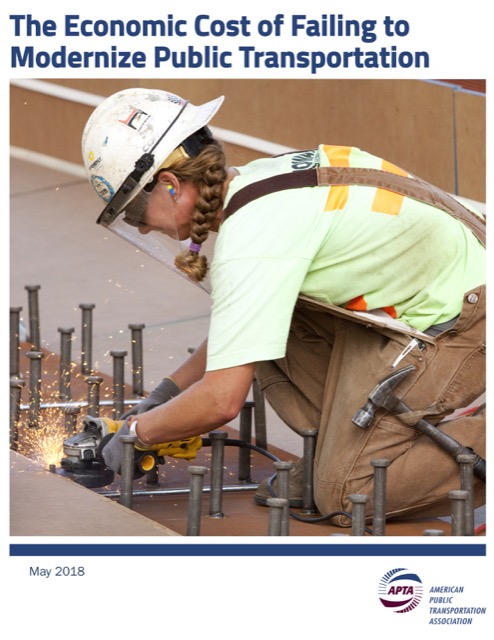CityLab‘s article, How America Killed Transit, concludes that “service drives demand.” What the writer, an urban planner named Jonathan English, means is that more frequent service results in more riders, and he bemoans the fact that cities like Washington, Atlanta, Portland, and Dallas that built expensive rail systems failed to support those systems with frequent feeder buses.
Yet English (whose twitter handle is @englishrail) fails to realize that the reason why service is often poor is that rail construction is so expensive that transit agencies didn’t have enough money left over to provide decent bus service. That’s why transit’s share of commuting was growing in Houston and Phoenix before they built rail and declined afterwards, and why it grew in Las Vegas, which didn’t build rail, even as it declined in Denver and Salt Lake City, which did.
Yet English’s larger premise, that “America killed transit,” is simply wrong-headed. America didn’t kill transit; new technologies did. When he claims we didn’t provide enough service, what he really means is we didn’t provide enough subsidies. But at some point there are diminishing returns to subsidies, and when you are already paying a dollar or more per passenger mile, you are beyond that point. Continue reading








